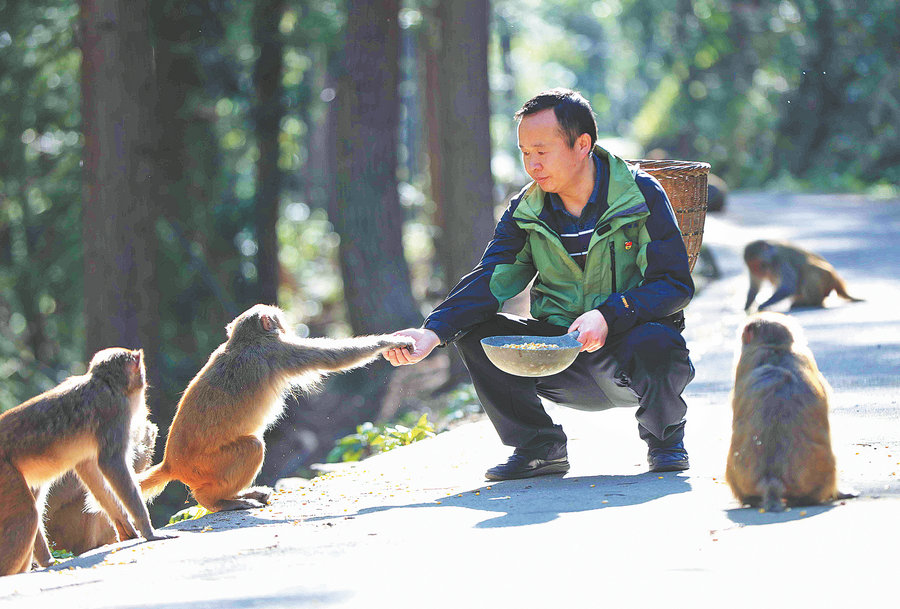

Achieving balance
"The current stage of heritage preservation and tourism development in Wulingyuan is in a positive cycle of growth," says professor Zhang Chaozhi from the School of Tourism Management, Sun Yat-sen University in Guangzhou, Guangdong province.
"To balance heritage preservation and tourism development, it's essential to figure out where the equilibrium between preservation and development lies," he says.
"If we must provide a simplified answer, it involves respecting the traditional livelihood needs of the local community and balancing local socio-economic development and the preservation of natural heritage integrity."
Zhang says the most pivotal approach is to develop a tourism industry that's compatible with heritage conservation. He also emphasizes that not every mode of tourism development, every form of tourism, or every category of visitor, can help balance tourism growth and heritage conservation.
He says that heritage preservation and tourism development reinforce each other, creating a mutually beneficial loop.
On one side, preserving heritage improves scenic areas greatly, such as reducing unauthorized constructions and enhancing infrastructure and the environment, thereby creating a better experience for visitors.
On the other side, tourism development brings in revenue that can support the government in environmental improvement, land expropriation and demolition, and sewage treatment.
"The success of managing a heritage site largely depends on how well the conflicts between the community's livelihood development and heritage protection are handled," Zhang says.
He explains that in heritage tourism development, the community has a vital role — local residents are not only the inheritors of heritage value, but they also bear the impact of heritage preservation on their livelihoods, and actively participate in tourism industry.
In later stages, as the community seeks to expand facilities due to high demand for tourism, conflicts may arise with heritage preservation efforts.
Many heritage sites in China are popular tourist spots. While welcoming visitors, they follow stricter protective measures than other places, setting benchmarks in tourism.